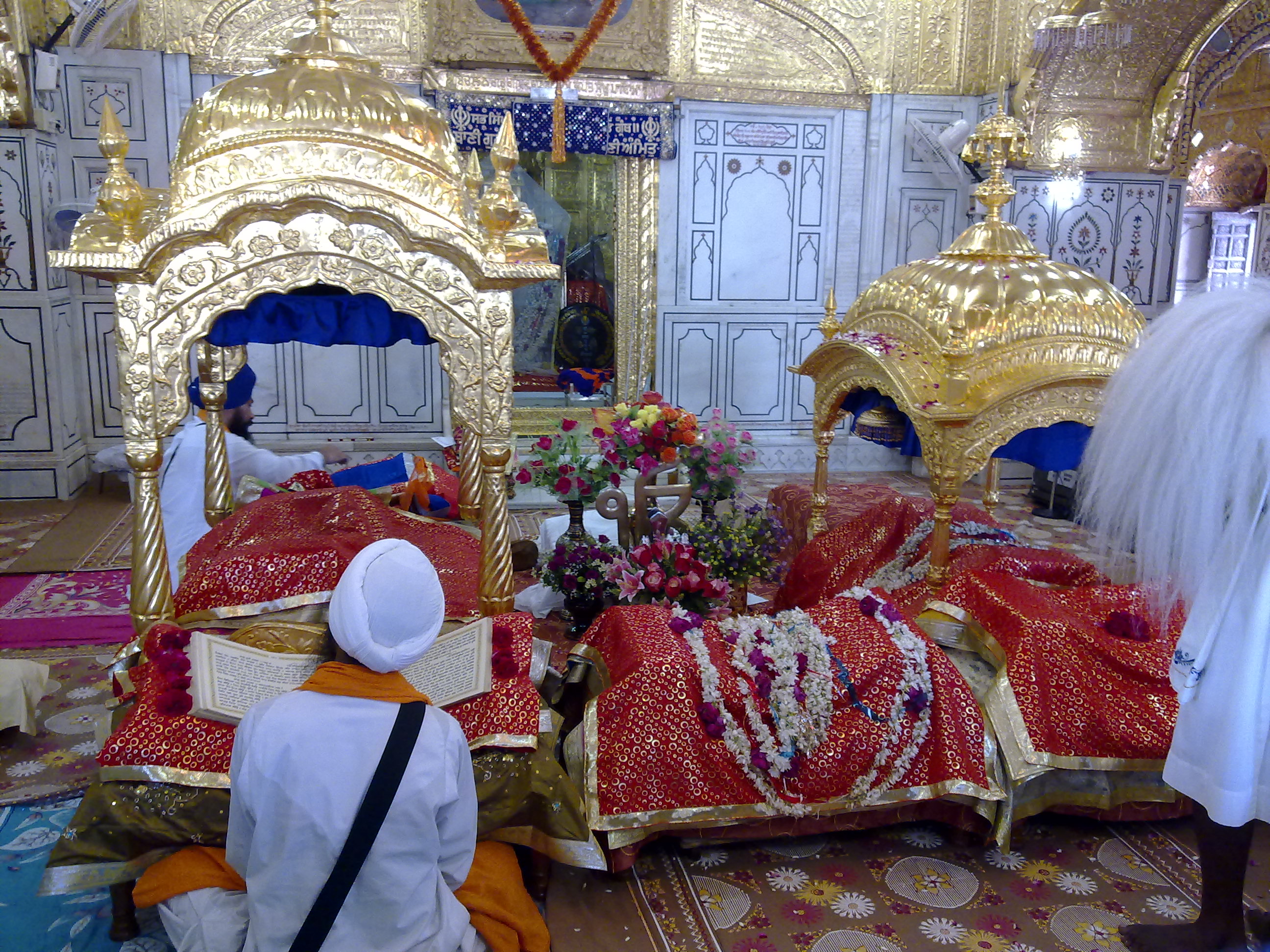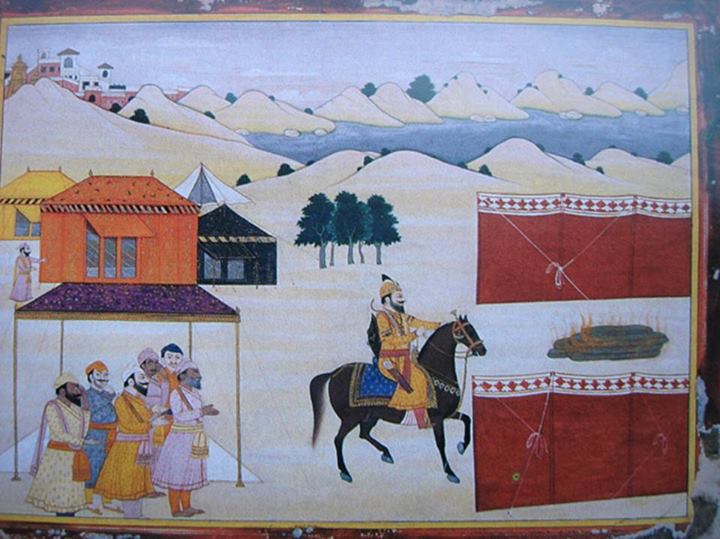The story of Hazur Sahib is inseparable from the profound spiritual journey of Guru Gobind Singh, the tenth and final human Guru of Sikhism. In 1708, after suffering grievous injuries from an attack by Wazir Khan's men, he arrived in Nanded, a pivotal moment that would reshape the trajectory of Sikh spiritual leadership. During his last months, he made a revolutionary declaration that would transform Sikhism forever: the Guru Granth Sahib would become the eternal Guru, transcending physical human leadership.
This sacred site on the banks of the Godavari River represents more than a historical landmark; it is a living testament to Sikh spiritual resilience. The shrine itself, constructed between 1832 and 1837 under the patronage of Maharaja Ranjit Singh, stands as a golden-plated monument that echoes the architectural splendor of the Harmandir Sahib in Amritsar. Its structure includes significant spaces like the Bunga Mai Bhago building and the Angitha Sahib, where Guru Gobind Singh was cremated, each corner resonating with deep historical significance.
The spiritual narrative of Hazur Sahib extends beyond Guru Gobind Singh's final days. Legends suggest that Guru Nanak, the first Sikh Guru, had also traveled through this region, establishing an early spiritual connection. The presence of Baba Banda Singh Bahadur, a renowned military commander of the Khalsa army who maintained an ashram in Nanded, further enriches the site's historical tapestry. These interconnected stories create a complex narrative of spiritual continuity and resistance.
Unique cultural practices distinguish Hazur Sahib from other religious sites. The tradition of applying sandalwood tilak on priests' and devotees' foreheads represents an ancient custom that has survived centuries of political and social transformations. This practice symbolizes the preservation of cultural memory and the site's commitment to maintaining historical spiritual traditions even in contemporary times.
The shrine's management history is as intricate as its spiritual legacy. Initially controlled by Udasi Sikh priests, it was reclaimed by mainstream Sikhs during the Singh Sabha Movement in the late nineteenth century. In 1956, a legal framework was established, placing the shrine under a Gurudwaras Board and Managing Committee, ensuring its preservation and continued spiritual significance.
One of the most poignant stories surrounding Hazur Sahib involves Guru Gobind Singh's final moments. After being initially treated by an English surgeon sent by Bahadur Shah, his wound reopened while he was stringing a bow for a Sikh. In these last moments, he declared the Guru Granth Sahib as his successor, a momentous decision that transformed Sikh spiritual leadership from a human-centric to a text-centric model.
The architectural splendor of Hazur Sahib mirrors its spiritual significance. The golden-plated shrine, reminiscent of the Harmandir Sahib, represents not just aesthetic beauty but symbolic spiritual radiance. A unique feature is the vault containing Guru Gobind Singh's personal possessions, accessible only to the head priest—a testament to the site's preserved sanctity and reverence.
In contemporary times, Hazur Sahib continues to be a profound pilgrimage destination. Recent restoration efforts balance modernization with historical preservation, ensuring that the site remains both a living spiritual center and a meticulously maintained historical monument. Devotees from around the world are drawn to this space, seeking connection with a pivotal moment in Sikh spiritual history that fundamentally reshaped their religious understanding.








